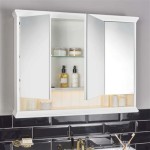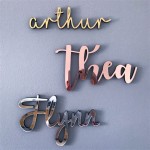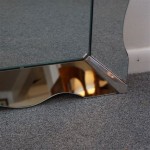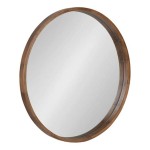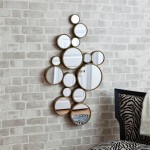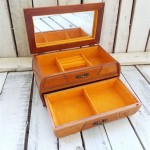Concave Mirrors: Magnifying the World Around Us
Concave mirrors, also known as converging mirrors, are curved inward like the inside of a spoon. This unique shape allows them to reflect light rays in a way that produces magnified images, a principle that finds widespread application in various fields, from everyday objects like makeup mirrors to sophisticated scientific instruments.
How Concave Mirrors Magnify
The magnifying effect of concave mirrors stems from their ability to converge incoming light rays at a single point called the focal point. When an object is placed within the focal length of a concave mirror, the reflected light rays diverge, creating a virtual, upright, and magnified image. This image appears behind the mirror and is larger than the actual object.
The magnification produced by a concave mirror depends on the object's distance from the mirror and the mirror's focal length. The closer the object is to the mirror, the larger the magnification. Conversely, the farther the object is from the mirror, the smaller the magnification. This relationship is defined by the magnification equation: Magnification = Image Height / Object Height = - Distance of Image / Distance of Object.
Applications of Concave Mirrors
The magnifying properties of concave mirrors make them incredibly useful in a variety of applications:
1. Cosmetic and Personal Use:
Concave mirrors are commonly found in makeup mirrors and shaving mirrors, allowing users to see a magnified view of their face, aiding in applying makeup or shaving with precision.
2. Telescopes and Astronomical Observations:
Large concave mirrors are used as primary mirrors in reflecting telescopes. These mirrors gather light from distant stars and galaxies, focusing it onto a point where it can be captured and analyzed, enabling astronomers to study celestial objects.
3. Medical Applications:
Concave mirrors find utility in various medical instruments such as ophthalmoscopes used to examine the retina and otoscopes used to inspect the ear canal. The magnifying properties of these instruments provide a detailed view of the internal structures, aiding in diagnosis and treatment.
4. Solar Energy Systems:
Concave mirrors are employed in solar concentrators, devices that collect solar energy and focus it onto a smaller area. This concentrated energy can be used to generate heat or electricity, contributing to renewable energy solutions.
Understanding the Focal Length
The focal length of a concave mirror is the distance between the mirror's surface and its focal point. It's a crucial parameter that determines the mirror's magnifying power. When the object is placed closer to the mirror than the focal length, the image is magnified, and virtual. If the object is placed further away from the mirror than the focal length, the image is real and inverted.
The focal length is determined by the mirror's curvature. A concave mirror with a shorter focal length has a stronger curvature and therefore magnifies objects more than a concave mirror with a longer focal length.
Concave mirrors are versatile optical tools that harness the power of light convergence to produce magnified images. Their applications extend from everyday utilities to advanced scientific instruments, highlighting their significant role in various fields.
Objects In The Mirror Are Actually Images Article Khan Academy

Question Comparing The Sizes Of Images Produced By A Concave Mirror Nagwa
Objects In The Mirror Are Actually Images Article Khan Academy
Objects In The Mirror Are Actually Images Article Khan Academy
What Kind Of Mirror Is Used In A Real And Enlarged Image Quora

Convex Mirror Uses Of Definition Equation
Objects In The Mirror Are Actually Images Article Khan Academy
Under Which Condition A Concave Mirror Can Form An Image Larger Than The Actual Object Quora
Objects In The Mirror Are Actually Images Article Khan Academy

A Concave Mirror Produces An Erect Image When The Object Distance Is Equal To F B Between And 2f C Greater Than D Less E It Never

